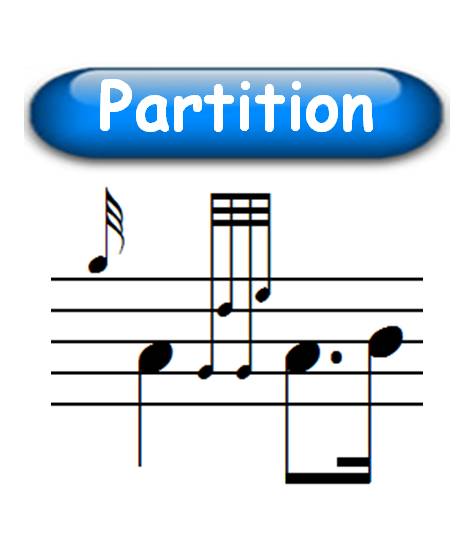there is not enough to say to dedicate an entire page to them or my investigations are not yet complete.
It is also in response to my readers who regularly ask me for information
on tunes still absent from my catalogue.

|
|
Atholl Cummers :
|

|
Also known as 'Bog an Lochan,' or 'Lady Grant of Grant.' It is a Scottish Strathspey which first appears in Bremner’s 1757 collection.
Atholl (or Athole) derives from the Gaelic ath Fodla, generally translated as New Ireland, and stems from the first invasion of the northern land
by the Scots in the 7th century. The Scottish dialect word 'cummer' probably refers to a girl or woman, the title then meaning 'Athole Lasses'.
It has been suggested that 'cummer' was derived from the old French word 'commère', which describes girls and women who are endlessly chatting (gossips).
It is said that a piper, who had a terrible headache listening to the lassies, decided to compose this Strathspey tune to offer them a melody to dance...
because lassies are not speaking when they are dancing! The notes of the score are supposed to mimic lassies chatting. Particularly the 3rd line (starting on the soundtrack after 14 seconds)
where the succession of double E dotted notes and cut notes may represent 'blah blah and blah blah'!

|
|
Colin’s Cattle :
|

|
Crodh Chailein (Colin’s Cattle). Scottish, Slow Air (3/4 time). The melody is thought to have been composed by Isabel Cameron of Mull. It tells the story of Colin’s beautiful bride who was enchanted by fairies on her wedding day. Her fate was to disappear from her home for a year, during which time she was allowed to return home once a day to milk the cows, invisible to her husband who had to content himself with hearing her sing. The spell was broken at the end of the year and the couple could live together at last.
|
|
Farewell to Camraw :
|

|
Do not try to locate “Camraw” on a map… it doesn’t exist. The name of the tune, which was composed in the 90’s by Pipe Major Robert Mathieson, is a bit of fun, stemming from when he switched the Shotts and Dykehead Pipe Band chanters from Warmac (at that time generally considered to be most suitable for low grade pipers) to Shepherd (“Camraw” is a reversal from “Warmac”). This is the origin of Mathieson’s famous tune: 'Farewell to Camraw', that the Shotts played in their 1993 and 1994 medleys, coinciding with their spectacular return to the top of the Worlds.
|
|
Greenwoodside :
|

|
Scottish march (2/4 time). In barracks the piper still has an important role in communicating information. The "Duty Tunes" vary from regiment to regiment but Greenwoodside is often played for the “Reveille” (ie: by the Gordon Highlanders). This lively and military sounding tune is supposed to help soldiers to get up quickly and its difficult fingering to help the piper to get his fingers moving on frosty mornings. This tune is sometimes also played for the “Quarter Hour Dress” to warn the troops to be dressed and ready within 15 minutes.
|
|
Hot Punch :
|

|
A varied and melodic 6/8 march version of the strathspey "Orange and Blue." The word ‘punch' derives from a Hindi word, panch, meaning ‘five’, because of its five ingredients: spirits, water, lemon-juice, sugar and spices. 4/4 time versions of the melody go under the title “The Frolic”.

